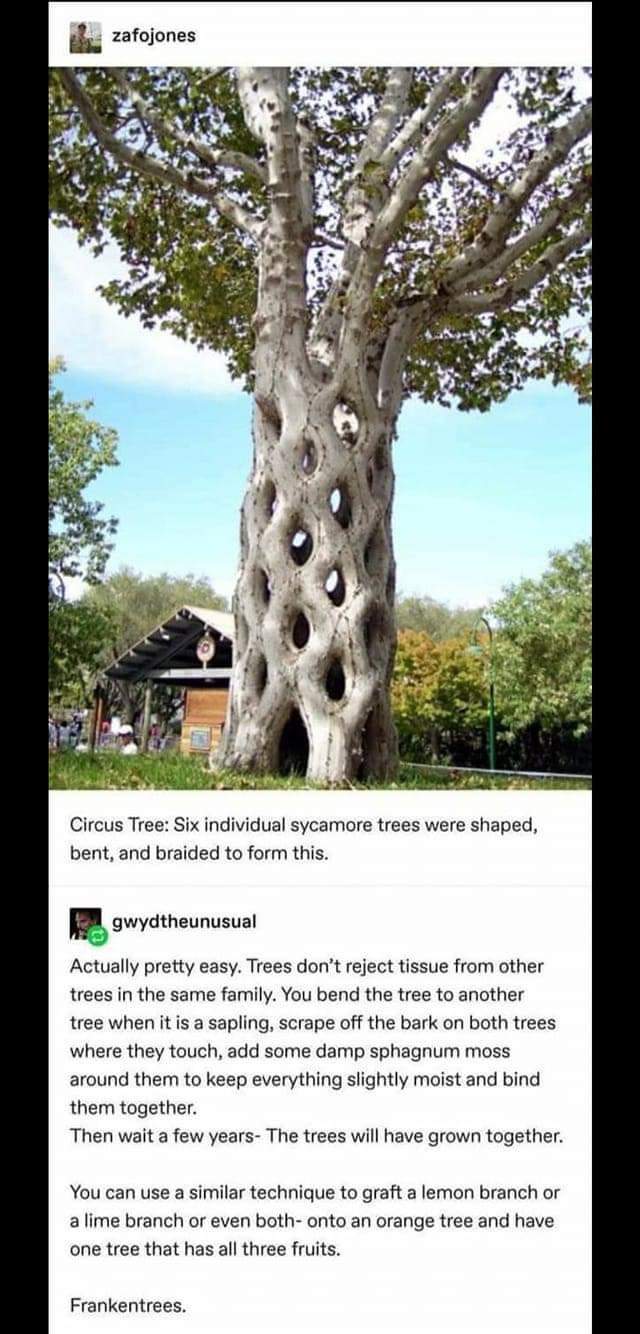this post was submitted on 02 Feb 2024
228 points (97.9% liked)
Tree Huggers
867 readers
16 users here now
A community to discuss, appreciate, and advocate for trees and forests. Please follow the SLRPNK instance rules, found here.
founded 2 years ago
MODERATORS
you are viewing a single comment's thread
view the rest of the comments
view the rest of the comments

Not exactly; I think that was done by training the aerial roots of ficus.
I’ve always wanted to try making one of those in North America. It should be possible in Florida and maybe even California.
They're considered invasive here in Florida. Sorry to disappoint.
Depends on the species maybe? There are a lot of species.
There is also a native FL Ficus so maybe that one is workable.
Neat! Thanks for teaching me that
I imagine you could find away to adapt it for less wet climates, although primarily for pedestrian bridges and bike path bridges.
Something I think would be nuts would be some sort of national place of ceremony made by growing redwoods together this way, like not just as an art piece, as a full blown gathering place carefully cultivated to be grown out of a network of intermingled plant tissues.
What kind of structure? Like the living bridges you mean?
Redwoods might to tough to work with because they are extremely gravitotropic—meaning they pretty much only grow up. The reason ficus are used is their aerial roots can be trained in any direction, including sideways. Redwoods also have very thick bark but if you get them to fuse young maybe you can work around that.